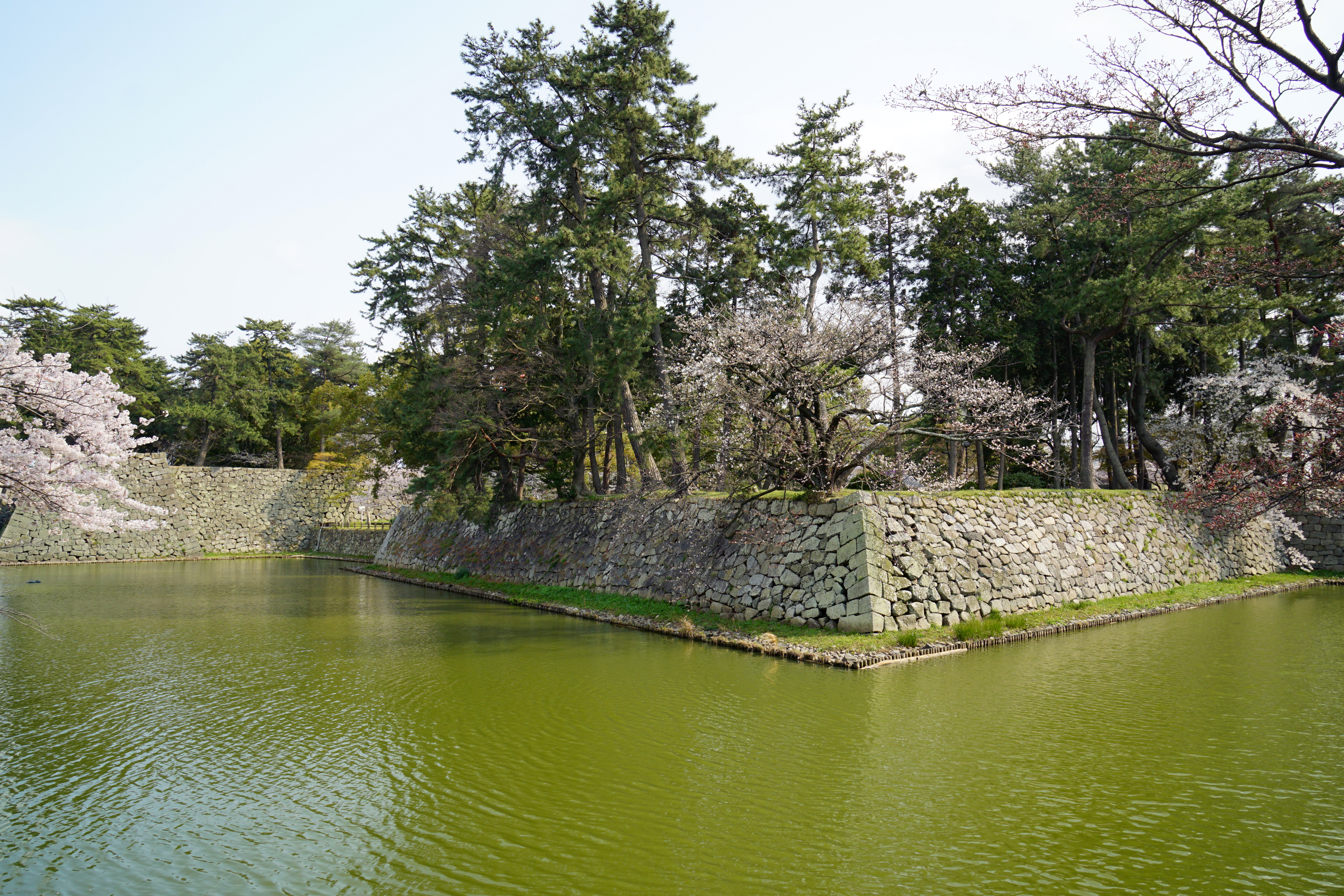|
Shige Sakakura
was a Japanese baby farmer and serial killer who, together with two accomplices, was responsible for the murders of numerous infants in Hioki Wakasa (present-day Nagoya) between 1898 and 1913. For her crimes, both she and her accomplices were sentenced to death and hanged in 1915. Life and crimes Shige was born in 1868 in the Tsu Domain, the daughter of a mechanic, and as an adult, she married a man belonging to the Sakakura family in Hioki Wakasa. In 1898, she began working as a midwife, accepting illegitimate children for 40-50 yen each, which she then began killing one after another. By May 1913, it was estimated that she and her women accomplices (45-year-old Tsuta Oki and 62-year-old Naka Ikai) had killed around 200 infants, with her most prolific years being during the Russo-Japanese War, where many Japanese soldiers died during combat, leaving widows. To avoid detection, they would move to different establishments around the prefecture. The downfall of her operation ca ... [...More Info...] [...Related Items...] OR: [Wikipedia] [Google] [Baidu] |
Tsu Domain
was a feudal domain under the Tokugawa shogunate of Edo period Japan, located in Ise Province and in Iga Province in what is part of now modern-day Tsu, Mie. It was centered around Tsu Castle. Tsu Domain was controlled by the '' tozama'' Tōdō clan throughout most of its history. History Tsu was known as "Anotsu" during the Sengoku period and was controlled by the Kudo clan, who were originally from Shinano Province. Oda Nobunaga's invasion of Ise in 1568 was resolved by the Kudo clan adopting Nobunaga's younger brother, Oda Nobukane as heir. Following Nobunaga's death, Nobukane swore fealty to Toyotomi Hideyoshi; however, in 1594 he was transferred to Ōmi Province. Hideyoshi assigned the territory to Tomita Tomonobu, with a '' kokudaka'' of 50,000 ''koku''. On his death in 1599, he was succeeded by his son, Tomita Nobutaka, who approached Tokugawa Ieyasu. He assisted Ieyasu in the invasion of Aizu, but was later defeated at the Battle of Aonutsu Castle by a pro-Toyot ... [...More Info...] [...Related Items...] OR: [Wikipedia] [Google] [Baidu] |
Geisha
{{Culture of Japan, Traditions, Geisha {{nihongo, Geisha{{efn, {{IPAc-en, lang, ˈ, ɡ, eɪ, ., ʃ, ə, {{IPA, ja, ɡei.ɕa, ɡeː-, lang{{cite book, script-title=ja:NHK日本語発音アクセント新辞典, publisher=NHK Publishing, editor=NHK Broadcasting Culture Research Institute, date=24 May 2016, lang=ja, 芸者, also known as {{nihongo, , 芸子, geiko{{efn, {{IPA, ja, ɡei.ko, ɡeː-, lang, {{citation needed span, in Kyoto and Kanazawa, date=May 2025 or {{nihongo, , 芸妓, geigi{{efn, {{IPA, ja, ɡeꜜi.ɡi, ɡeꜜː-, -ŋi, lang , are female Japanese people, Japanese performing arts, performing artists and entertainers trained in performing arts#Japan, traditional Japanese performing arts styles, such as Japanese traditional dance, dance, Music of Japan, music and singing, as well as being proficient conversationalists and hosts. Their distinct appearance is characterised by long, trailing kimono, nihongami#geisha, traditional hairstyles and {{transliteration, ja, o ... [...More Info...] [...Related Items...] OR: [Wikipedia] [Google] [Baidu] |
Executed Japanese Serial Killers
Capital punishment, also known as the death penalty and formerly called judicial homicide, is the state-sanctioned killing of a person as punishment for actual or supposed misconduct. The sentence ordering that an offender be punished in such a manner is called a death sentence, and the act of carrying out the sentence is an execution. A prisoner who has been sentenced to death and awaits execution is ''condemned'' and is commonly referred to as being "on death row". Etymologically, the term ''capital'' (, derived via the Latin ' from ', "head") refers to execution by beheading, but executions are carried out by many methods, including hanging, shooting, lethal injection, stoning, electrocution, and gassing. Crimes that are punishable by death are known as ''capital crimes'', ''capital offences'', or ''capital felonies'', and vary depending on the jurisdiction, but commonly include serious crimes against a person, such as murder, assassination, mass murder, child murder, ... [...More Info...] [...Related Items...] OR: [Wikipedia] [Google] [Baidu] |
19th-century Japanese Women
The 19th century began on 1 January 1801 (represented by the Roman numerals MDCCCI), and ended on 31 December 1900 (MCM). It was the 9th century of the 2nd millennium. It was characterized by vast social upheaval. Slavery was abolished in much of Europe and the Americas. The First Industrial Revolution, though it began in the late 18th century, expanded beyond its British homeland for the first time during the 19th century, particularly remaking the economies and societies of the Low Countries, France, the Rhineland, Northern Italy, and the Northeastern United States. A few decades later, the Second Industrial Revolution led to ever more massive urbanization and much higher levels of productivity, profit, and prosperity, a pattern that continued into the 20th century. The Catholic Church, in response to the growing influence and power of modernism, secularism and materialism, formed the First Vatican Council in the late 19th century to deal with such problems and confirm cer ... [...More Info...] [...Related Items...] OR: [Wikipedia] [Google] [Baidu] |



